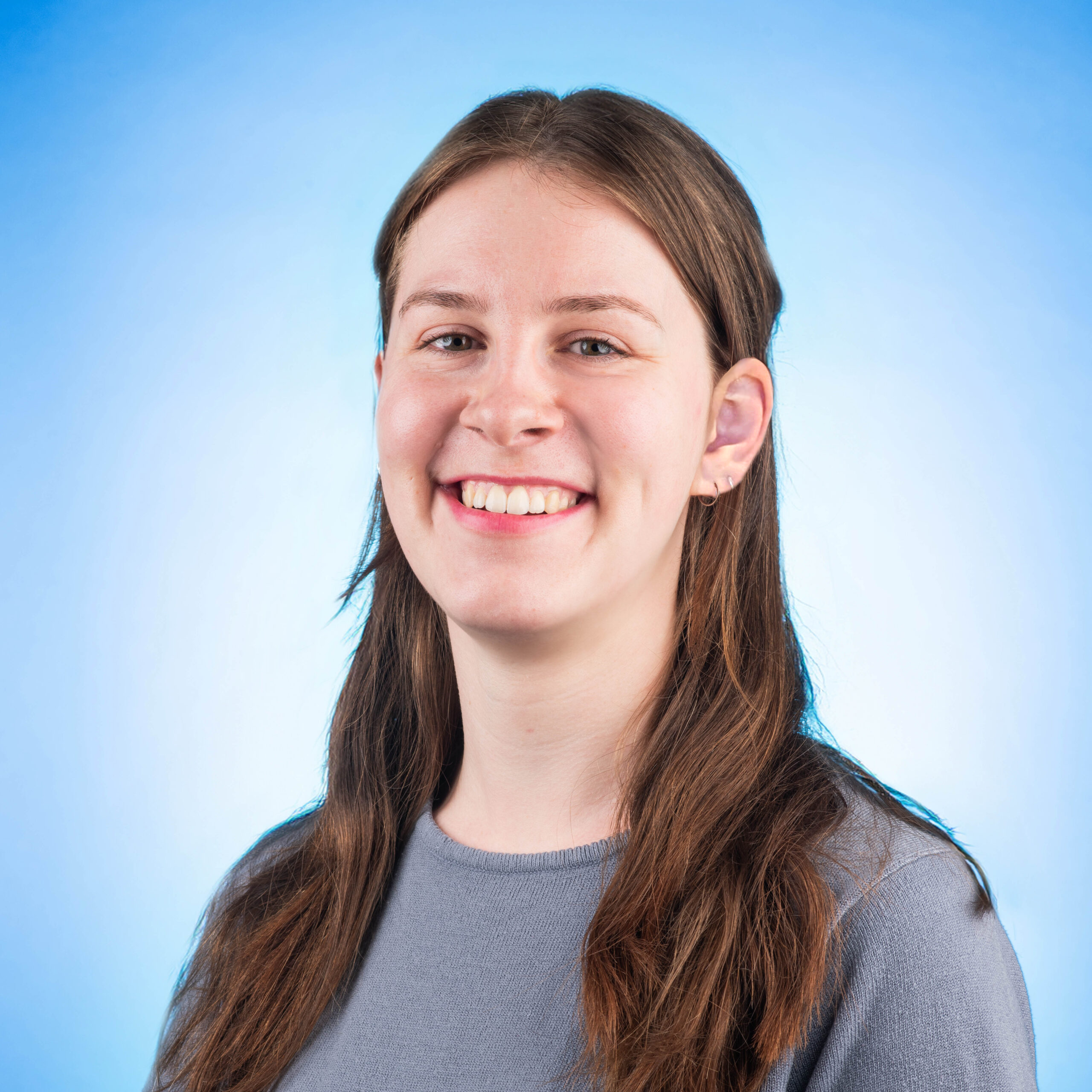Hyperspectral image classification with Orfeo Toolbox
Images often speak louder than words—especially in geospatial analysis. With hyperspectral image classification, you can extract detailed information from satellite imagery that’s invisible to the naked eye. This technique uses hundreds of narrow spectral bands to detect the material composition of surfaces—whether it’s vegetation, soil, water, or built environments.
One tool that stands out for this type of analysis is Orfeo Toolbox (OTB). It’s a free, high-performance, open-source software library designed specifically for processing and classifying hyperspectral images. Its optimized code enables fast, large-scale data processing, while its intuitive structure makes it accessible to beginners. For advanced users, its API and command-line interface offer powerful custom workflows.
OTB includes a wide range of algorithms for filtering, segmenting, and transforming raw imagery into meaningful insights. Its practical applications span multiple domains—from agriculture and environmental monitoring to urban planning and land use studies.
In this course, you’ll learn how to use OTB step by step in real-world scenarios. No programming experience is required. With expert support and realistic datasets, you’ll build your own analysis workflows—and learn how to apply the results in your daily geospatial work.
What will you learn in this blended learning course?
In this course, you’ll learn how to independently perform hyperspectral image classification using Orfeo Toolbox. To begin, you’ll start with the fundamentals: what hyperspectral data is, how it differs from traditional satellite imagery, and why it’s so valuable in today’s geospatial analysis.
From there, you’ll move on to key classification techniques. You’ll explore both supervised learning, where input data is labeled beforehand, and unsupervised learning, where the software identifies patterns automatically. Throughout this process, you’ll work with widely used algorithms such as Support Vector Machines (SVM) and K-means clustering—essential tools in fields like agriculture, environmental monitoring, and spatial planning.
In addition, you’ll learn how to identify spectral signatures, which are the unique ways different materials reflect light. This knowledge allows you to distinguish between features within complex satellite imagery. Through a series of guided assignments, you’ll practice preparing datasets, processing raw imagery, and completing full classification workflows—step by step.
By the end of the course, you’ll be fully equipped to carry out geospatial analyses on your own using open-source tools like OTB. More importantly, you’ll know how to translate your results into clear, actionable insights for real-world projects.
Why choose this course on classification with Orfeo Toolbox?
Blended learning gives you the best of both worlds—live interaction and flexible self-paced study—so you can build real, job-ready skills in hyperspectral image classification. In this course, you’ll get hands-on with Orfeo Toolbox and learn how to transform complex satellite imagery into valuable geospatial insights.
To kick things off, we start with a live session where you’ll dive straight into working with real hyperspectral datasets. With guidance from remote sensing experts, you’ll learn how to recognize spectral patterns, prepare raw imagery, and begin classifying materials based on their reflectance profiles.
After that, you’ll move through our online modules at your own pace. These lessons guide you through essential topics such as supervised and unsupervised learning, data preparation, and classification techniques. Along the way, you’ll apply tools like SVM and K-means to detect patterns and extract meaningful insights from satellite data.
Then, in a second live session, you’ll apply what you’ve learned to a real classification task. You’ll build a complete workflow, overcome common challenges, and get personalized feedback to sharpen your approach.
What sets this course apart is its strong focus on real-world application. You’ll complete case-based exercises that reflect actual challenges in agriculture, environmental monitoring, and spatial planning. That means the outputs you create won’t just be examples—they’ll be directly relevant to your professional work.
By combining expert guidance with flexible learning, this course helps you go beyond just using the tool. By the end, you’ll be ready to classify hyperspectral imagery independently—and turn complex data into clear, actionable insights.
